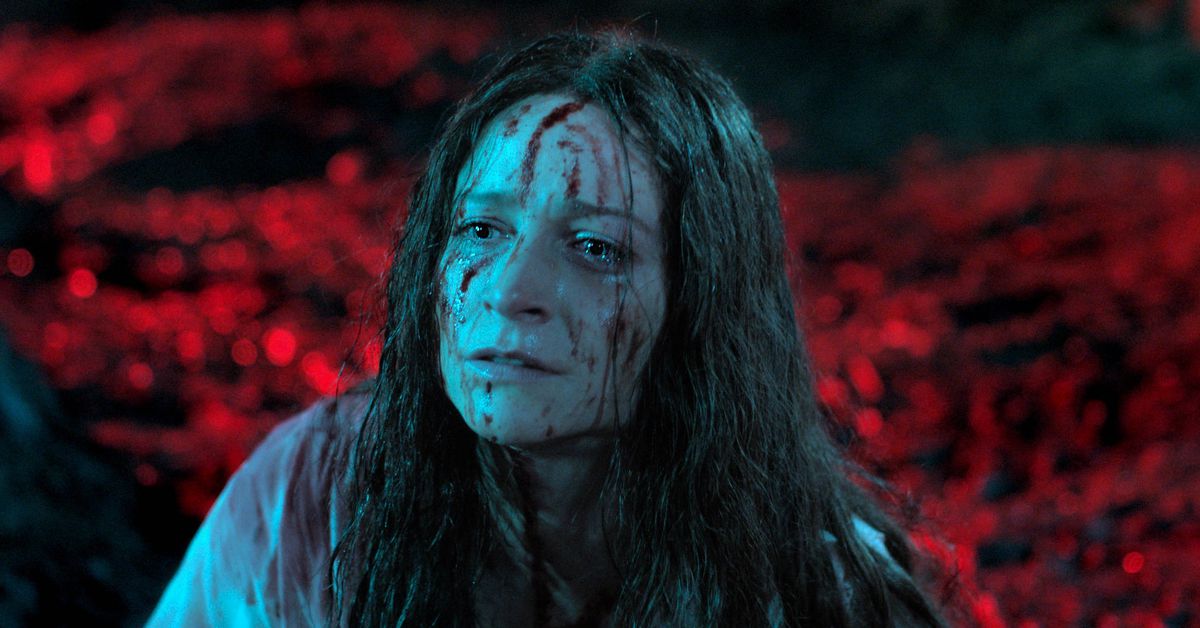Uncategorized
Censor review: eerie horror in an ‘80s moral panic – The Verge
https://www.theverge.com/22248895/censor-film-review-sundance-2021-video-nasties-moral-panic

Like most recent events, the 2021 edition of the Sundance Film Festival has shifted from an in-person showcase to a virtual one. Despite the change, we’ll still be bringing you reviews and insight on the most interesting experiences we find, from indie films to VR experiments.
Censorship is the bane of artists, but it’s also a grudging compliment — because being a devoted censor requires believing that art has power. That belief is the dark heart of Censor, a horror film about the horror film world’s most infamous moral panic.
Censor, which premieres at the Sundance Film Festival this week, is the feature debut from Welsh director Prano Bailey-Bond. It’s set in 1980s Britain during the height of the “video nasties” controversy, which saw dozens of films — some from now-iconic names like Dario Argento and David Cronenberg, others from directors who were quickly forgotten — banned or otherwise censured for their brutal violence and sex.
Enid (Niamh Algar) is a screener at Britain’s film classification board, a small team standing between upstanding citizens and mind-corrupting schlock. She treats her job with weary resignation, apparently unmoved by constant simulated gore and the occasional leering producer. Then, a movie she approved supposedly inspires a murder, igniting a firestorm in the press. An enigmatic slasher film brings back memories of her long-lost sister, whose disappearance has haunted Enid and her parents for years. Her life begins to unravel.
Censor acknowledges the almost inherent funniness of movie content ratings — the process of dryly poring over trashy exploitation and recommending arbitrary cuts to dismemberment and evisceration scenes, trying to figure out exactly how much face-eating is aesthetically defensible in a work of art. While the real “video nasties” list contained gems like Argento’s Suspiria and Cronenberg’s Scanners, Censor is more concerned with its deluge of tawdry, no-budget projects that traded on pure shock. Its centerpiece is a fictitious, nearly plotless work titled Don’t Go In The Church, a nod toward horror filmmakers’ favorite command to audiences.
But Censor is far more eerie than campy. While its ending doesn’t deliver on its incredibly effective setup, Algar captures Enid’s hollow-eyed, increasingly harrowed exhaustion as she tries to solve a mystery that nobody else believes in. Paparazzi and anonymous phone calls chip away at her sanity. Ordinary spaces become subtly menacing, like Enid’s desolate apartment and the dim, almost palpably stale-aired classification office.
With the video nasties panic long over, it’s easier to have sympathy for the censor, a figure that was long derided as a heartless prude or comical scold. The film explores a scarier idea: cinematic sin-eaters like Enid see a blurred boundary between reality and fiction, and under the wrong circumstances, they can lose track of those lines altogether. The longer Censor runs, the tougher it gets to distinguish between its actual story and its fictitious films within the film.
That these films look sort of bad only makes Censor more effective. Plenty of horror explores the premise that movies drive people to madness, like John Carpenter’s Cigarette Burns or the 2018 mockumentary Antrum. Here, there’s nothing particularly special about the video nasties — but the audience imbues them with power just the same.
The film board’s enemy, ultimately, isn’t the director behind a seedy slasher. It’s the kid who endlessly rewinds and replays a fleeting moment of gore, or the criminal inspired by mere assumptions about what’s in a film, or the tabloid that spins those assumptions into a scandal. Because in Censor, art only gives people permission to leave reality behind. It can’t control where they end up.

